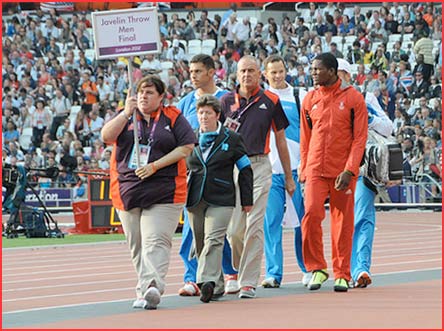
In the realm of childhood obesity research, one of the big perplexing mysteries is the relationship between childhood obesity and diabetes. What exactly is going on there? How do cause and effect apply? Is it a vicious cycle? Take the United States. “Dramatic increases” is the term used by Reuters correspondent Julie Steenhuysen to describe the change in the number of diabetes cases. She writes:
According to a study released on Thursday by the U.S. Centers for Disease Control and Prevention, the number of diagnosed cases of diabetes grew by 50 percent or more in 42 U.S. states, and by 100 percent or more in 18 states.
When something grows by 100%, attention must be paid, because 100% growth means it has doubled. There are 18 states where the number of diagnosed diabetes patients has become twice as large in the time period concerned, which was between 1995 and 2010.
But it’s almost 2013, a person might unthinkingly protest. What about now? And there lies one of the real obstacles to making correlations between two different trends, or to any question in epidemiology and many other related fields. It takes time to gather information, and more time to crunch the numbers and make conclusions.
Among all the questions, one thing is clear. The very large majority of diabetes is Type 2. The CDC finds that at least 90% of diabetes cases, and maybe as many as 95%, were preventable. Think back to the plague epidemic in the Middle Ages. If people knew they could, with 90-95% certainty, avoid catching the plague, wouldn’t they have preserved their lives by doing whatever was necessary to prevent it? Of course they would have. Look how hard they tried, making pilgrimages on their knees to shrines, and wearing beaky masks.
Apparently, contemporary Americans are not even as smart as pre-industrial-age peasants. We have an epidemic going on that is preventable in all but 5% to 10% of cases. Why? Is it, as Dr. Pretlow believes, the addictiveness of processed foods and the tendency of human beings to become addicted? If so, some of the important questions in both diabetes and obesity are about addiction. What can help people recover (link is PDF) from it, and, more importantly, what causes it? Steenhuysen quotes Ann Albright, a CDC director:
These rates will continue to increase until effective interventions and policies are implemented to prevent both diabetes and obesity.
But what are those interventions and policies? Everyone is looking for them. Here are the words of Larry Romany, president of the Trinidad and Tobago Olympic Committee (T&TOC):
We want to assess what would happen to children exposed to high levels of obesity. We are looking at data collection. Important data would help develop the sporting landscape from the cradle to the womb. We felt there was the need for a timely intervention to alleviate childhood diabetes, high blood pressure and even low self-esteem.
In the Caribbean republic, plans are afoot for a program featuring the country’s own celebrated javelin thrower, Keshorn Walcott, and other elite athletes who recently won prizes during London’s Olympic Games. Michelle Loubon wrote about this projected campaign, which is designed to sensitize children and youth about the consequences of obesity, such as diabetes and high blood pressure.
Along with the T&TOC, other partners in the project are the Trinidad and Tobago Ministry of Education, and Johns Hopkins, which will evaluate the data and assist in developing protocols. While the American medical school has broader priorities, the people of Trinidad and Tobago specifically want to send more champions to the future Olympics.
Your responses and feedback are welcome!
Source: “Big rise in Americans with diabetes, especially in South,” Reuters, 11/15/12
Source: “Keshorn to lead campaign to fight diabetes among kids,” The Trinidad Guardian, 11/11/12
Image by Tab59.

 FAQs and Media Requests:
FAQs and Media Requests: 












One Response